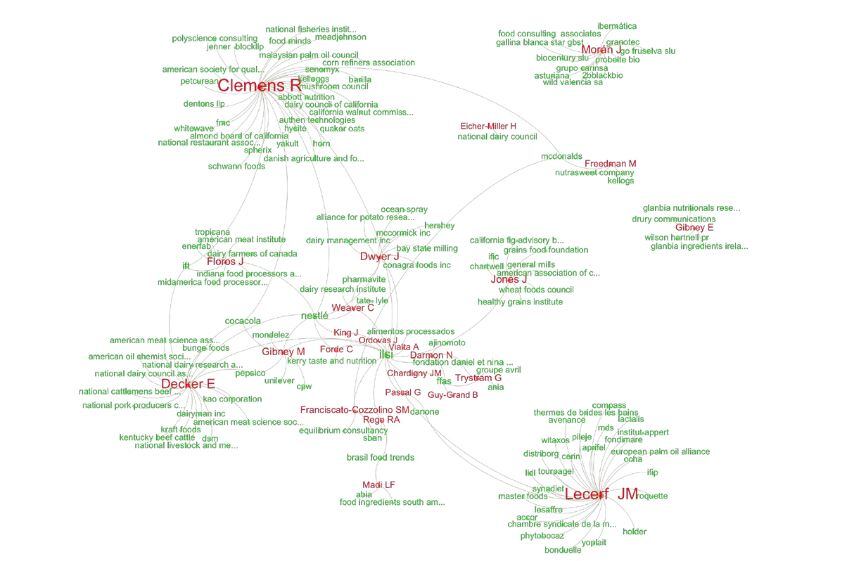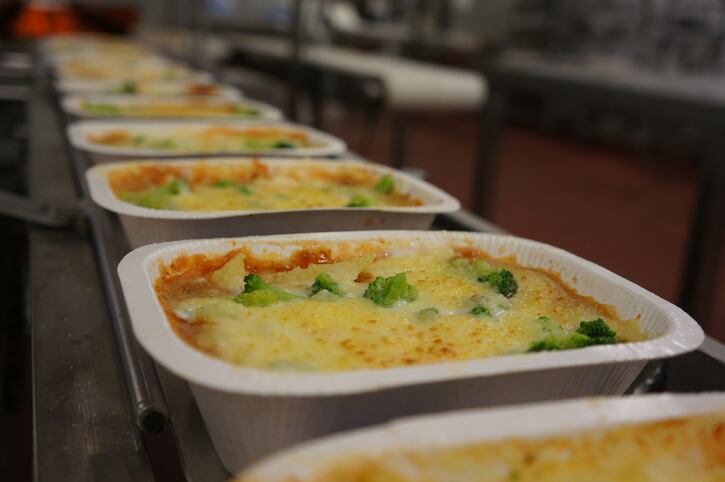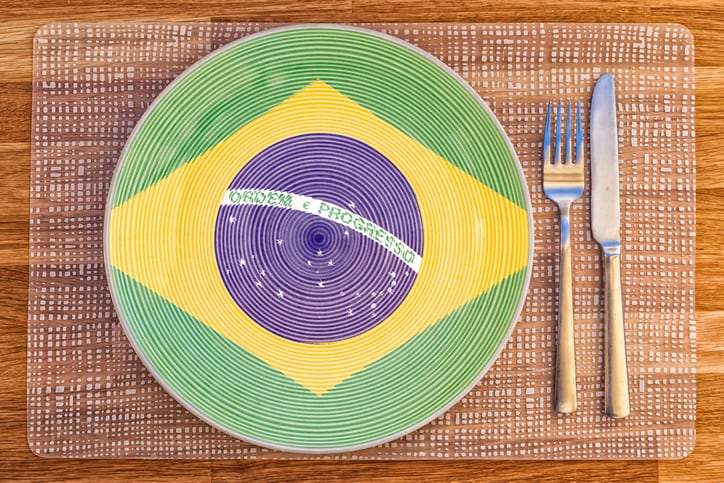The NOVA food classification categorizes food into four groups - unprocessed, minimally processed culinary ingredients, processed, and ultra-processed (see below for more details and examples), and its creators claim the increased intake of ultra-processed foods is contributing to global obesity rates globally.
Devised in 2009 by a team of researchers led by Professor Carlos Augusto Monteiro from the University of São Paulo, today NOVA is used in both Brazil and Uruguay’s national dietary guidelines and has been endorsed by the Pan-American Health Organization.
However, it has also drawn criticism from scientists who argue that classifying food in such a way is reductionist.
“Criticism is essential in science, as it helps stimulate and refine scientific progress," write the researchers from the University of São Paulo and the University of Barcelona and authors of this study. "However, our hypothesis is that criticism of the NOVA classification has come mainly from individuals and/or organizations that have had relationships with the UPP industry, one way or another.”
“The existence of the ultra-processed products (UPP) industry relies on the sales of these products. Any evidence that demonstrates an association between UPP consumption and an increased risk of non-communicable disease, or supports the regulation of the sale of these products, represents a threat to these profits.”
The researchers, therefore, searched for potential conflicts of interest in declarations of interest and funding acknowledgments in scientific publications; links between the authors’ institutional affiliations and the food industry; and other relationships such as rewards received from the industry.
The aim was to map out the relationships between NOVA critics and the food industry, including manufacturers, ingredient suppliers and trade associations.
The analysis, which the authors acknowledge was far from exhaustive, showed that of the 38 individuals identified as regular critics of NOVA, 33 had relationships with the ultra-processed industry, they wrote. Seven of those critics worked directly for the industry while others had either declared or undeclared conflicts of interest.
'Lack of transparency and potential bias'
“Our analysis showed that there is a lack of transparency and a potential bias from the individuals and organizations that have criticized these types of food and beverage classifications,” they write.
“In conclusion, there are many relationships between individuals who criticized NOVA and the UPP industry, many of which are probably unknown to the public. This creates a conflict of interest and risks influencing the decisions of public health nutrition professionals and policymakers in ways favorable to the UPP industry and harmful to public health.
“In addition, this study shows that there is a need for greater transparency in research. Many conflicts of interest that we found in this study were not declared. This could have a detrimental impact on how science advances in public health nutrition."
Criticism of NOVA... or support for processed food?
The study authors called out several scientists for having particularly close links to industry, including Professors Michael Gibney of University College Dublin, Eric Decker of the University of Massachusetts Amherst and Roger Clemens of the University of Southern California.

However, the analysis seems to rely on both these scientists' criticism of the NOVA system (Gibney conducted a critical appraisal in 2017, concluding there was little advantage in its use) and a general support of processed foods and their potential benefits to consumers.
For instance, the study references an interview Professor Decker gave to the Institute of Food Technologists (IFT) on the benefits of processing in specific contexts. But Decker told FoodNavigator-Latam he had never heard of the NOVA system prior to this study.
"In the video, I do not mention ultra-processed foods," he added. "I talk about the nutritional benefits of converting grains to flour and the benefits of food fortification. I have never talked to any of the authors of the paper so I do not see how they could know my views from a 1.17-minute video. I see my role as a public employee as to be an honest evaluator of foods and health including both positive and negative aspects."
Lead study author Melissa Mialon explained: "We use the term NOVA to cover all material that discussed the level of processing of foods. So as long as someone talked about the concept of processing in relation to health outcomes, we included it in the study."
Meanwhile, Clemens denied the allegations of conflicts of interest, and even leveraged some back at Professor Monteiro.
"I retired 20 ago," he said. "Since then, I’ve served on the USDA Dietary Guidelines advisory committee and have served on and led numerous scientific organizations while on the faculty at the University of Southern California. I remain evidence-based in my investigations, research, and manuscripts.
"A close evaluation of the latest paper on NOVA indicates significant conflicts of interest among the proponents of this approach [for] 'improved health.' In fact, the article was published in the World Nutrition journal which is one published by Monteiro’s association called WPHBA, created back in 2010/2012."
The NOVA food groups
The NOVA classification system includes four groups:
Unprocessed or minimally processed foods in group one include fresh, dry or frozen fruit and vegetables; packaged grains and pulses; flours made from corn, wheat, rye; pasta; eggs; fresh or frozen meat and fish and milk.
Group two includes processed culinary ingredients such as sugar, oils, fats, salt and other substances extracted from foods or nature used to season and cook.
Group three is made up of processed foods such as vegetables in brine, fruits in syrup, salted meat and fish, cheese and freshly made unpackaged breads.
Ultra-processed foods in group four, meanwhile, contains soft drinks, packaged snacks and confectionery; mass-produced packaged breads; reconstituted meat such as hot dogs and chicken nuggets, instant soups and noodles and industrially pre-prepared pizzas, pies and ready meals.
Source: Journal of World Nutrition
“Criticism of the NOVA classification: who are the protagonists?”
Available online 29 December 2018, DOI: doi.org/10.26596/wn.201893176-240
Authors: Mélissa Mialon, Paulo Sêrodio and Fernanda Baeza Scagliusi


